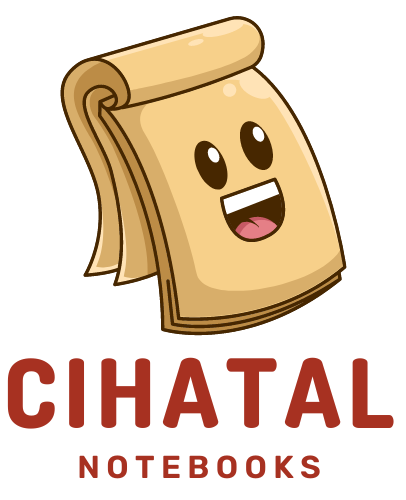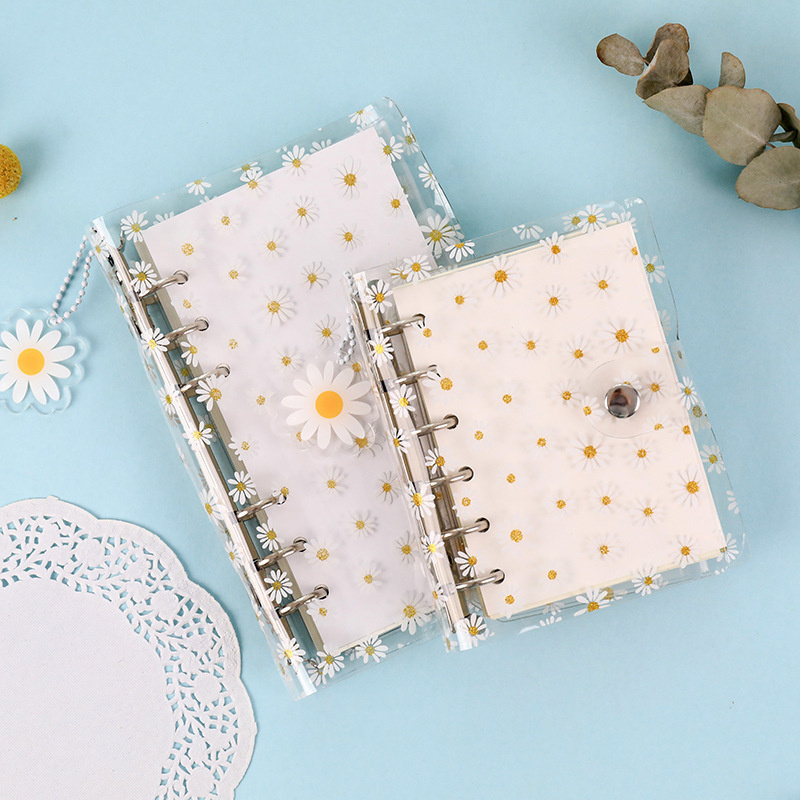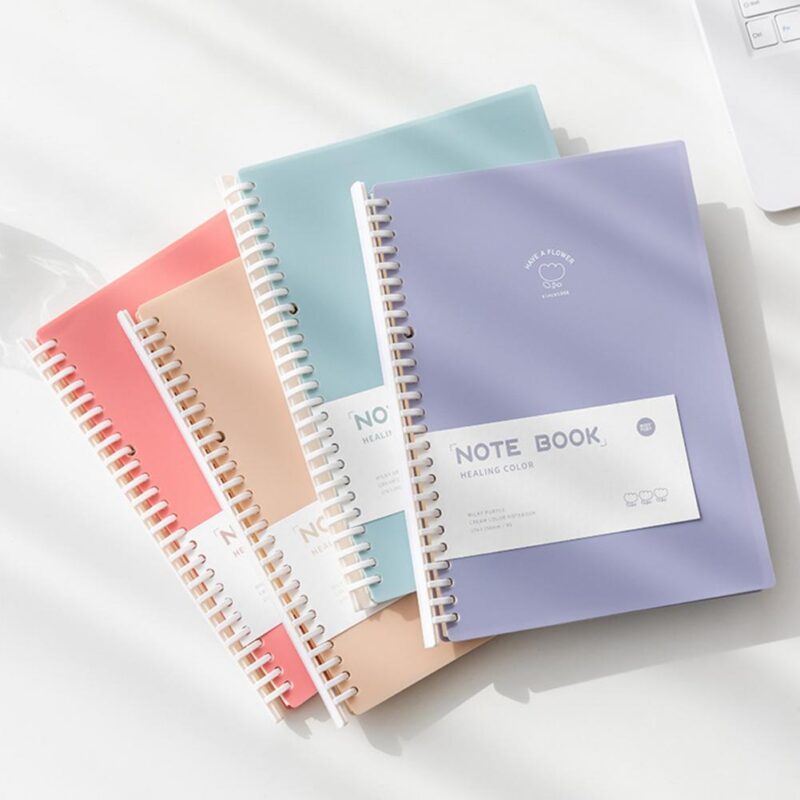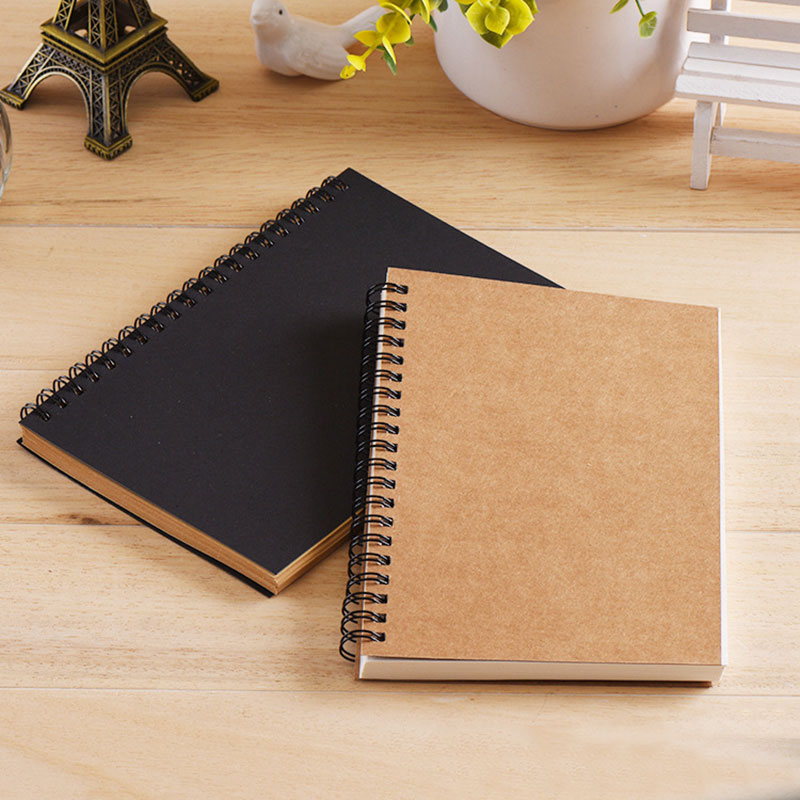Notebooks
Enhancing Your Writing Experience
Introduction
Notebooks are more than just a collection of bound paper; they are essential tools for capturing thoughts, organizing ideas, and fostering creativity. Whether you’re a student, professional, artist, or hobbyist, the right notebook can significantly enhance your writing and productivity. This guide explores the various types of notebooks, their unique features, and how to select the perfect one for your needs.
1. Types of Notebooks
Notebooks come in various formats, each designed to cater to different purposes and preferences. Understanding these types will help you make an informed choice.
Ruled Notebooks: Featuring horizontal lines, ruled notebooks are perfect for note-taking, journaling, and general writing tasks. They help keep your writing neat and organized.
Graph Notebooks: With a grid of squares, graph notebooks are ideal for mathematical calculations, technical drawings, and graphing data. They are commonly used by engineers, architects, and students.
Dotted Notebooks: These notebooks have a pattern of small dots, offering flexibility for creating layouts, charts, and sketches. They are popular among bullet journalists and designers.
Plain Notebooks: Featuring blank pages, plain notebooks provide complete freedom for writing, drawing, and sketching. They are perfect for artists and those who prefer an unstructured approach.
Perforated Notebooks: These notebooks have perforated edges, making it easy to tear out pages without damaging the binding. They are useful for sharing notes, handouts, or drafts.
Specialty Notebooks: Designed for specific purposes, these include planners, diaries, and music composition books, often featuring additional tools tailored to their intended use.
2. Binding Types
The binding of a notebook affects its durability, usability, and overall feel. Here are some common types of notebook bindings:
Spiral Binding: Spiral-bound notebooks use a metal or plastic coil, allowing the pages to lie flat when open. They are highly portable and ideal for writing on both sides of the page.
Perfect Binding: Common in higher-end notebooks, perfect binding involves gluing the pages into a solid spine. These notebooks have a professional appearance but may not lie completely flat.
Sewn Binding: This durable binding method uses thread to stitch the pages together, allowing the notebook to lay flat when open. It is often found in premium notebooks and journals.
Stapled Binding: Also known as saddle-stitch binding, stapled binding uses staples to secure the pages along the spine. These notebooks are typically thinner and lightweight.
Disc Binding: Disc-bound notebooks use small discs to hold the pages in place, allowing for easy rearrangement and removal of pages.
3. Cover Materials
The cover material of a notebook not only affects its durability but also its aesthetic appeal. Common cover materials include:
Cardboard: Lightweight and affordable, cardboard covers are popular for everyday notebooks but may not be as durable as other materials.
Plastic: Durable and resistant to water and wear, plastic covers are ideal for notebooks used in various environments.
Leather: Offering a luxurious look and feel, leather covers are durable and often used in premium notebooks and journals.
Fabric: Providing a unique texture, fabric covers can be both stylish and durable, commonly used in designer notebooks.
Hardcover: Hardcover notebooks offer excellent protection for the pages inside and are suitable for long-term use.
4. Paper Quality
The quality of the paper in a notebook significantly impacts the writing experience. Consider the following aspects of paper quality:
Paper Weight: Measured in grams per square meter (gsm), paper weight affects the thickness and durability of the pages. Higher gsm paper is thicker and less likely to bleed through.
Texture: The texture of the paper can range from smooth to rough. Smooth paper is ideal for fine writing instruments, while textured paper adds character to sketches and drawings.
Opacity: Higher opacity paper prevents ink from bleeding through, making it suitable for double-sided use.
Acidity: Acid-free paper is more durable and less likely to yellow over time, making it ideal for archival purposes and long-term projects.
5. Size and Portability
Notebooks come in various sizes, from pocket-sized to large formats. Choose the size based on where and how you will use your notebook:
Pocket-sized Notebooks: Highly portable, these small notebooks are perfect for jotting down quick notes on the go and can easily fit into a pocket or small bag.
A5 Notebooks: A popular choice for everyday use, A5 notebooks are portable yet offer enough space for detailed notes and drawings.
A4 Notebooks: Providing ample space for extensive notes and sketches, A4 notebooks are suitable for the office or classroom but may be less portable.
Oversized Notebooks: Ideal for creative projects and presentations, larger notebooks offer plenty of space but are less portable.
6. Additional Features
Consider any additional features that may enhance the functionality of your notebook:
Elastic Closure: An elastic band keeps your notebook securely closed, protecting the pages inside.
Ribbon Bookmark: A built-in ribbon bookmark helps you easily find your place in the notebook.
Pocket: Some notebooks include a pocket inside the cover for storing loose papers, notes, or receipts.
Page Numbers: Numbered pages help you stay organized and quickly reference specific sections.
Index and Table of Contents: Useful for longer projects and journals, allowing you to easily navigate through the notebook.
7. Eco-Friendly Options
As awareness of environmental issues grows, many people are looking for sustainable and eco-friendly notebook options. Look for notebooks made from recycled paper, those with biodegradable covers, or those produced by companies with strong environmental commitments. Using eco-friendly notebooks can help reduce your carbon footprint and contribute to a healthier planet.
Conclusion
Choosing the right notebook is a personal decision that depends on your specific needs and preferences. Whether you’re taking notes in class, sketching your next masterpiece, or planning your week, the perfect notebook can make all the difference. By considering the types of notebooks, binding methods, cover materials, paper quality, size, and additional features, you can find a notebook that enhances your productivity and creativity.
A notebook is more than just a collection of pages; it’s a tool for capturing ideas, expressing thoughts, and documenting your journey. Take the time to choose the right one, and enjoy the endless possibilities that come with putting pen to paper. Happy writing!



